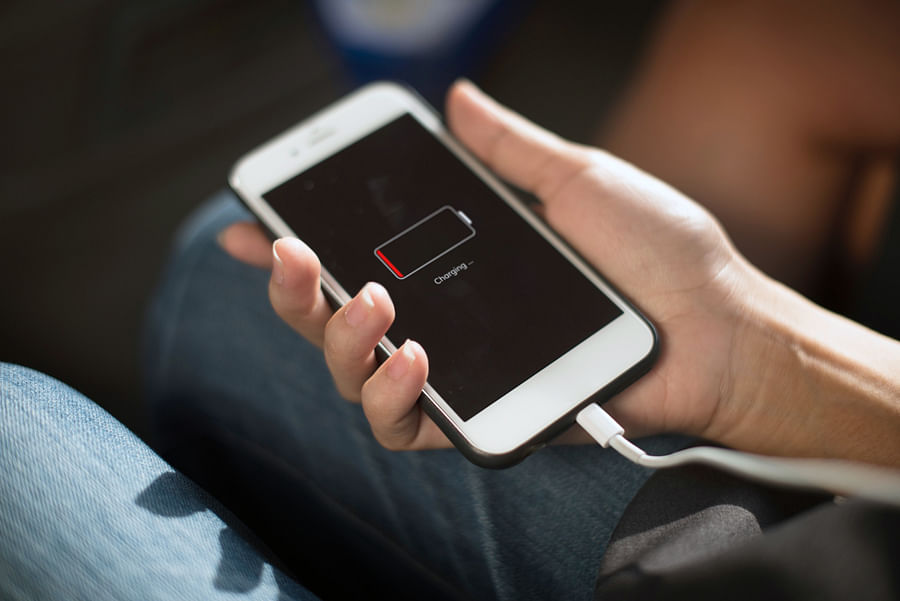
Smartphones with big screens look really cool. And the latest trend is manufacturers releasing phones with an edge-to-edge display and no bezel.
Big screens give a lot of real estate for business use, playing games or watching videos. However, screens are the biggest guzzlers of battery power.
Big screens are not just the culprits. There is a general tendency to leave apps running in the background and this is also one reason that battery power is exhausted quickly. Apps eat away at battery life and could leave the user high and dry.
The latest Android 9.0 Pie has an Adaptive Battery system that uses Artificial Intelligence to prolong the battery charge. In simple terms, it tracks the way the person uses apps and closes them if they are running in the background. This will help reduce the load on the phone’s RAM as well.
Even if your phone is not running Android Pie or will not get an update in the near future, some simple things can be done to optimise battery use. DH lists a few of these:
1) The first step is to keep the screen brightness low and to the point that it is comfortable for viewing. Keeping the screen very bright is one of the primary reasons for battery drain. Enabling auto brightness on the smartphone will naturally use more battery power. Brightness can always be increased if needed.
Also, screen sleep time should be kept to a minimum like 15 or 30 seconds. Setting this to several minutes will eat up a lot of battery power.
Bright screens are bad for the eyes and being glued to the screen before bedtime is also known to disturb sleep.
2) Brighter wallpapers on the home screen or lock screen draw a lot of battery power. Therefore, darker wallpapers, preferably black, are recommended. This is particularly in the case of phones that have AMOLED screens. To create pixels of bright colours, they need to be lit up and this needs battery power. If the pixels are black, they need not be lit up and this reduces battery usage.
3) The smartphone’s battery saver mode can be used to reduce drainage of charge. Even phones below Android Pie have a lot of features to restrict and optimise battery usage.
4) It's a good idea to turn off notifications for apps that are not very important or used frequently. Apart from things like calls, SMS, WhatsApp and other essentials, notifications for the rest can be turned off and this saves a bit of battery power.
5) Almost all of us enable real-time push email to our phones. When this is on, the app continuously checks for new mails and this again requires battery power. Syncing with the mail server could be set at about 30 minutes or so. If urgent emails are expected, one can always sync the mailbox manually.
6) Apps should be constantly updated. App and system updates are necessary because they might have better battery optimisation features.
7) Keeping the vibration feature on during incoming calls needs more battery power than just the ringtone. So, turning off vibration can save some power.
8) There are several connectivity features like GPS, Bluetooth, Near Field Communication and Wi-Fi that can be turned off when not in use. Location services can also be kept turned off when not needed.
4G data transfer drains the battery significantly. However, turning this off is not practical as we are heavily dependent on the internet, especially for work. Data transfer could perhaps be switched off after office hours.
While outside the city or on the highway, it's a good idea to turn off the data transfer since the phone tends to use a lot more battery power to find the nearest mobile tower.